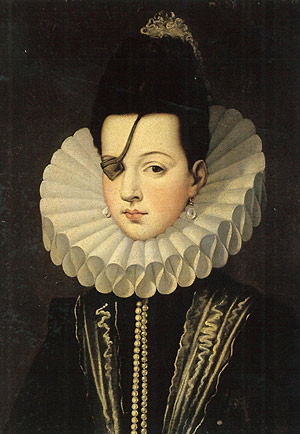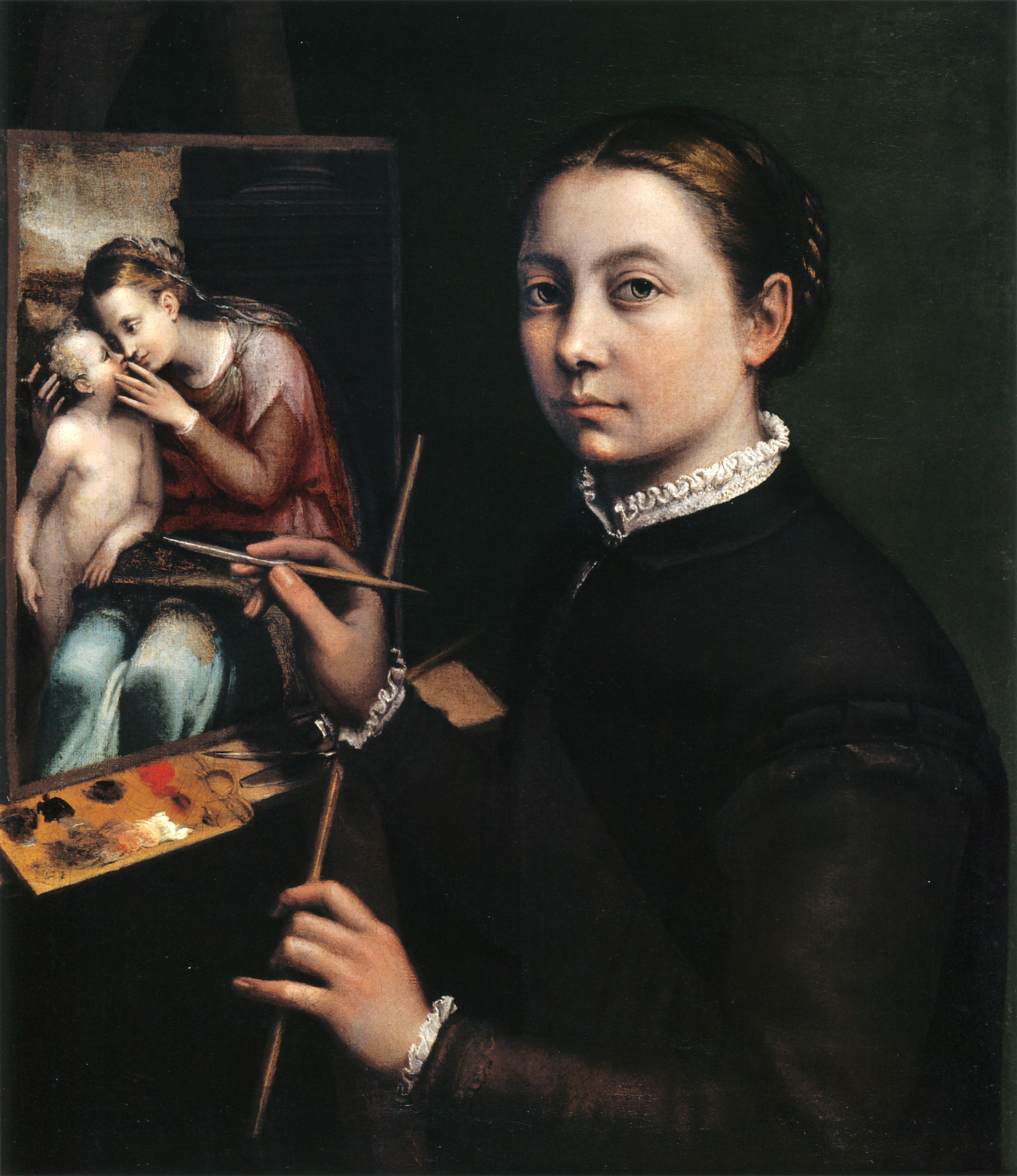I asked four of my summer workshop students how they’re coping with this unusually cold winter, and what they’re working on.
SUE LEO
 |
| “My typography class all semester long thought the angry feminist featured in the movie Helvetica was absurd, as she blamed all the wars and strife in life on this typeface. There are actually hate sites for this font. This woman became a running joke all semester in class and the phrase ‘what the Helvetica’ became a saying. In our last class this week, somehow inspiration struck us,” wrote Sue Leo. |
I am currently teaching graphic design, motion graphics and web design at Roberts Wesleyan College as well as managing the Davison Gallery. I recently developed an Art Educators Exhibition at the Gallery to showcase artwork by art educator working in K-12 settings. The goal is for this show to become an annual event. We attracted a wide variety of work and had an opening reception last Friday. The show is up in the Davison Gallery until February 14th. Happily the event was a success for our school and also for the teachers who participated.
LOREN BROWN
 |
| Loren Brown working on an abstraction. |
For my sixtieth birthday my wife suggested that I take a course with Carol Douglas in the Adirondacks. Having no art training since the age of six, I balked while secretly edging closer to working on my bucket list. Carol’s encouragement and patience fostered a no fear environment for an introduction to “seeing” in a new way. Experiencing light and color in my familiar, natural scenery and reflecting that through the medium was at once a technical challenge and a great thrill.
I have been rambling through efforts in watercolor, acrylic, oil and tempera all lacking much discipline, but much delight. One of my greatest joys was sharing several classes with my youngest daughter who has much talent and has not been actively painting for many years. Carol encouraged her to try oils and in her first attempt created a frame-worthy seascape which she gave to me.
The sheer joy of moments spent contemplating beautiful landscapes, composing a setting to share with fellow students and indeed the internal process of creating art is sublime and wonderful. I spend a lot of time just observing nature in its dance through the seasons, watching the light play an unfolding beauty and majesty. I have asked Carol to endure several more attempts at training me this year in coastal Maine settings. I look forward to the opportunity.
NANCY WOOGEN
 |
| Sky oil painting by Nancy Woogen |
There are such fond memories I have of my workshop with Carol this past summer in Maine. The surroundings were beautiful but so was our amazing instructor in many ways. Her encouragement and expertise greatly inspired me. I always take a few things away from each workshop. In Carol’s workshop I took more than a few.
Since taking Carol’s workshop, I have been on a roll for sure with my oil painting. I do my watercolors, acrylics and pastels still, but I seem to thrive on oils.
After a glorious and colorful autumn season of plein air painting in oils, I am on a roll with my sky oil painting series in my studio.
Prearranging and premixing tints and shades on my pallet as taught by Carol, I take my pallet box from freezer to studio and paint my heart out. This has made my oil painting more accessible and allowed me more freedom in utilizing colors.
PAMELA CASPER
 |
| Nest tornado by Pamela Casper |
Winter is a good reason to work inside my studio in Manhattan without having to justify why I am not outside painting. Over the years I have developed an approach to working indoors which internalizes my outdoor observations of nature and mixes them with my imagination and the worries and concerns I have about the future of the planet.
The first work which employed this approach, in water color on paper, began with the “Tornado series.” This utilized the leitmotif of a tornado as a central formal element. The themes riffed on the metaphor of the tornado as life force, both positive and negative, within the natural world. The subjects went from the disappearance of the bees, fracking and global warming to the natural cycles of death and rebirth.
Recently my work has branched out to include sculptures made of found materials such as barbed wire. Inspired from one of my ‘Nest Tornado’ paintings, I focused on the circular form of the nest and its meaning as a place of life and nurture which is instinctively created by the animal or bird. I began to wonder what would happen if a species would continue to create nests even if they no longer found wood and grass. I surmised that yes they would; but the species would not necessarily thrive. These sculptures are more a warning to safe guard and protect our natural resources. A bleak outlook; perhaps, that is the effect of winter on the artist.
Let me know if you’re interested in painting with me in Maine in 2014 or Rochester at any time. Click here for more information on my Maine workshops!































